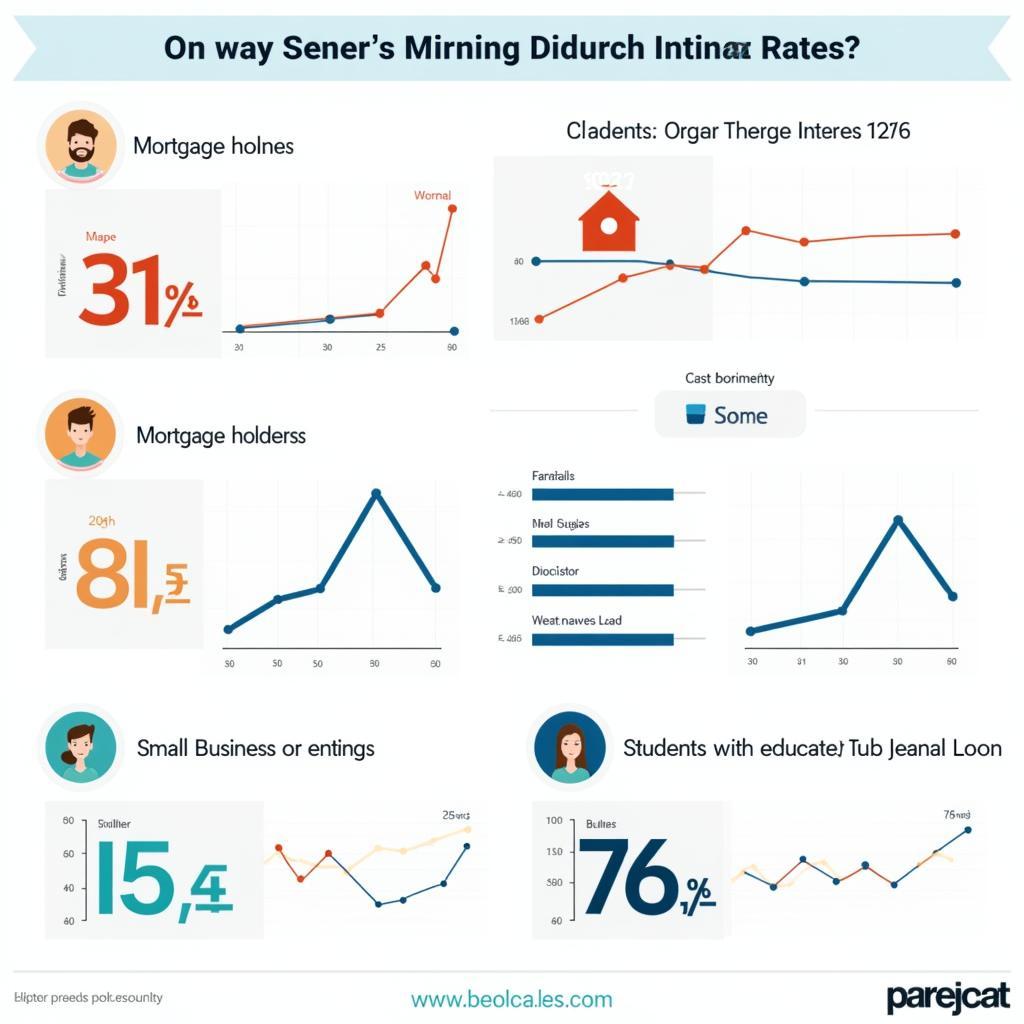The topic of loan interest rates and their effects on borrowers frequently appears in IELTS Writing Task 2 exams, particularly in problem-solution or discuss-both-views essay types. Based on analysis of past IELTS exams, this theme has appeared at least once annually since 2019, making it a highly relevant topic for test preparation.
For those interested in understanding how peer-to-peer lending reduces loan costs, examining these sample essays will provide valuable insights into discussing financial topics effectively in IELTS Writing Task 2.

Analysis of Task 2 Question
Some people believe that banks should not charge any interest on home loans. Others think that banks need to charge interest to cover their operating costs. Discuss both views and give your own opinion.
This question requires:
- Discussion of two contrasting viewpoints
- Clear presentation of arguments for each side
- Personal opinion with supporting reasons
- Relevant examples and explanations
Band 8 Sample Essay
Understanding the impact of high-interest rates on borrowers is crucial when discussing this topic. Here’s a high-scoring response:
The debate over whether banks should charge interest on home loans has garnered significant attention. While some advocate for interest-free lending, others maintain that interest charges are necessary for banks’ sustainability. This essay will examine both perspectives before presenting my position on this matter.
Those opposing interest charges argue that housing is a basic human need and should be made more accessible. They contend that interest-free loans would enable more families to own homes, particularly in developing nations where housing costs are increasingly unaffordable. For instance, in countries like Indonesia and Bangladesh, many families spend decades paying mostly interest rather than reducing their principal loan amount.
However, proponents of interest charges present compelling arguments regarding banking operations. Banks incur substantial costs in providing loans, including staff salaries, infrastructure maintenance, and risk management. Moreover, they must protect depositors’ money and generate returns for shareholders. For example, when choosing the best personal loan, consumers benefit from banks’ robust systems and professional services, which require sustainable funding through interest income.
In my opinion, while the desire for interest-free loans is understandable, charging reasonable interest rates is essential for a functioning banking system. The solution lies in implementing regulated interest rates that balance both social responsibility and operational sustainability. This could include special programs for low-income borrowers while maintaining the banking system’s viability.
Band 6.5 Sample Essay
Understanding the importance of credit monitoring for loan approvals helps contextualize this response:
Nowadays, many people debate about bank interest on home loans. Some think it should be free, but others say banks need to charge interest. I will discuss both sides and give my opinion.
People who don’t want interest charges think about poor families. They say houses are very expensive and interest makes them more costly. In my country, many families cannot buy homes because they cannot pay high interest rates. This is not fair because everyone needs a place to live.
On the other hand, banks have many expenses. They need money to pay workers and maintain their buildings. Also, they must make profit to stay in business. If banks don’t charge interest, they might close down and then nobody can get loans.
I think charging some interest is necessary but it should not be too high. Banks could have different rates for different people. Rich people can pay more interest while poor people pay less. This way, everyone benefits and the system works well.
Key Vocabulary
- Interest rate (n.) /ˈɪntrəst reɪt/ – The cost of borrowing money
- Sustainability (n.) /səˌsteɪnəˈbɪləti/ – Ability to maintain at a certain level
- Infrastructure (n.) /ˈɪnfrəˌstrʌktʃər/ – Basic physical systems of a business
- Viable (adj.) /ˈvaɪəbəl/ – Capable of working successfully
- Principal (n.) /ˈprɪnsəpəl/ – Original amount of money borrowed
- Regulatory (adj.) /ˈreɡjələˌtɔri/ – Controlling or maintaining order
- Operational costs (n.) /ˌɒpəˈreɪʃənl kɒsts/ – Expenses required for daily functioning
Conclusion
When practicing essays about how peer-to-peer platforms democratize loans, consider exploring related topics such as:
- The role of government in regulating loan interest rates
- Alternative lending systems and their effectiveness
- Impact of digital banking on loan accessibility
Share your practice essays in the comments section for feedback and improvement suggestions.